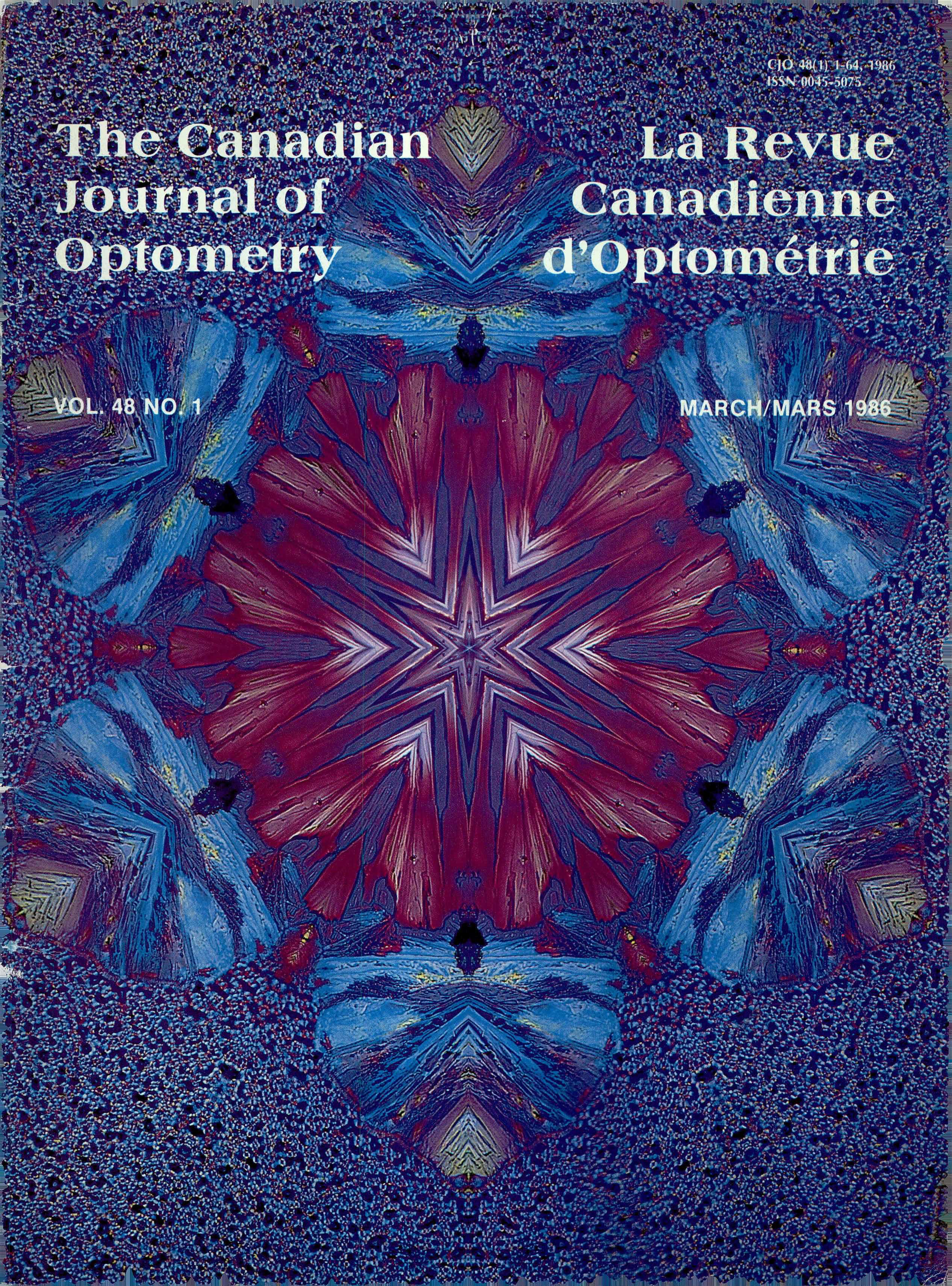Comparison of the Distance and Near Vistech Vision Contrast Test Systems (VCTS)
DOI:
https://doi.org/10.15353/cjo.v48i1.4469Abstract
This paper describes the essential principles associated with the clinical use of a contrast sensitivity function (CSF) test to document vision loss or improvement. Some advantages of the CSF over the more conventional visual acuity test are described as well as the type of CSF losses associated with several ocular and neurological conditions. Contrast sensitivity was measured on each of 12 normal subjects ages 21 to 27 years on two separate occasions using both the distance and near versions of the Vistech Vision Contrast Test System charts (VCTS). Analysis of the variance showed that the results obtained using the distance and near chart were not significantly different. The contrast sensitivity scores elicited on the second trial, as compared to the first, were found to be consistently higher at all frequencies. This improvement associated with repeated testing is clinically evident among a high percentage of subjects tested but not statistically significant at the .05 level.
Published
How to Cite
Issue
Section
License
Copyright (c) 1986 G.C Woo, H Bohnsack

This work is licensed under a Creative Commons Attribution-NonCommercial-NoDerivatives 4.0 International License.


